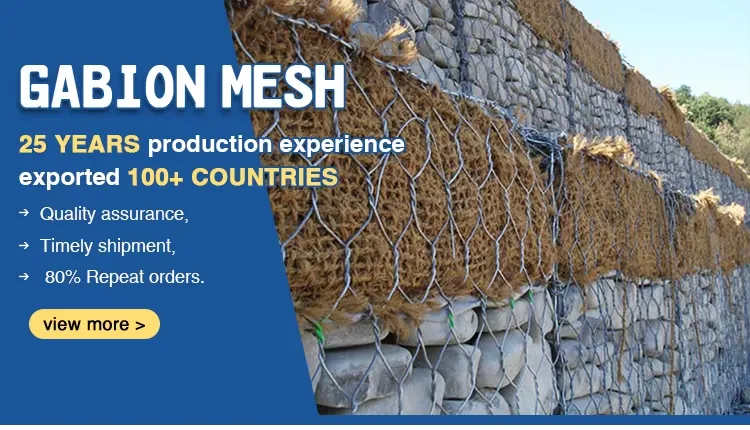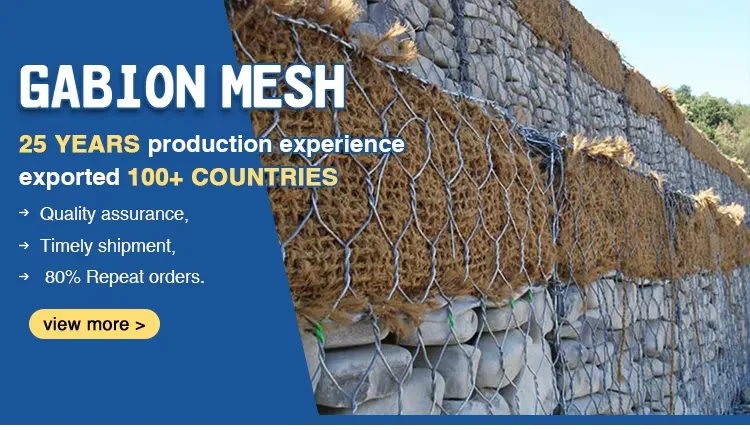Feb . 12, 2025 19:59 Back to list
drywall edge bead types


Paper-faced metal beads combine the strength of metal with the smooth finish of a paper surface, offering ease of blending and finishing. This type is highly favored in residential building projects where both durability and a flawless appearance are required. The paper face acts as an anchor for joint compounds, minimizing cracks and ensuring a seamless transition between the bead and drywall. Installation requires embedding the bead into the compound, followed by careful feathering for a smooth finish. Industry experts often recommend paper-faced metal beads for elegant interiors demanding high-quality craftsmanship. Composite Beads Advanced Durability A newer entrant to the market, composite beads, made from materials such as fiberglass or PVC, offer advanced durability and resistance to environmental stressors. They are especially suitable for climates with significant temperature fluctuations, as they resist warping and expansion. In practice, composite beads are appreciated for their strength-to-weight ratio, providing robust edges without adding significant bulk to the structure. Installation methods are similar to vinyl beads, typically involving adhesives or mechanical fasteners. Choosing the Right Bead for Your Project Selecting the right edge bead involves considering several factors the environment of the installation, aesthetic requirements, and budget constraints. For high-impact zones, metal or composite beads are recommended, whereas vinyl is ideal for humidity-prone areas with less foot traffic. Paper-faced options are often seen as the choice of craftsmen looking to combine structural integrity with aesthetic finesse. In any case, expert installation is as crucial as selecting the appropriate material. Common pitfalls such as improper alignment, inadequate anchoring, or poor finishing can detract from the quality of your drywall work. Thus, whether you're an experienced contractor or a DIY enthusiast, understanding these nuances is key. Through continued innovation and adaptability, drywall edge bead manufacturers strive to meet the evolving demands of construction and design. It's this commitment to excellence that ensures the right edge bead not only compliments your space but also upholds the integrity and longevity of your drywall installations.
Latest News
-
Brick Mesh Wall Solutions | Enhanced by GPT-4 Turbo Design
NewsAug.01,2025
-
Premium Anti-Climb Fence Spikes for Sale
NewsAug.01,2025
-
Premium Peach Post Fence | Durable & Stylish Security
NewsJul.31,2025
-
Best Galvanized Grating Price - Durable Galvanized Steel Grating Solutions
NewsJul.30,2025
-
0.5-4.0mm Wire 2×2 4×4 8×8 Hot Dipped Galvanized Welded Mesh Roll
NewsJul.30,2025
-
Metal Fence Pickets for Sale – Durable Galvanized & Steel Options
NewsJul.29,2025
Our company owns has excellent CAD steel grating drawing designers, who can provide customers with perfect steel grating layout design and better meet customers' special requirements for products. We have been adhering to it the business tenet of "quality first, customer first", with high-quality products, reasonable prices, and the fastest delivery time, we wholeheartedly provide customers with a full range of services! Welcome new and old customers to cooperate sincerely and create brilliance together!
Contact Us
WELCOME TO OUR COMPANY!
Thank you for your interest in our services! If you have any questions or wousld like to book a service, please don’t hesitate to contact us. Our team is dedicated to providing you with the highest level of service and support, and we are committed to working with you to make your event a success.

Service Email

Service Phone
Product Center
Contact Us
- Phone: +86 +86 15733154345
- E-mail: sales@chengsenchina.com
- Address: B1213 GLOBAL CENTER, NO.226 ZHONGHUA NORTH STREET, SHIJIAHUANG, CHINA


























